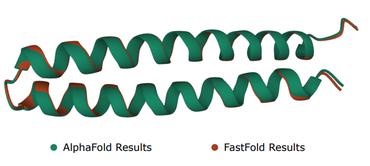PSMACA: An Automated Protein Structure Prediction Using MACA (Multiple Attractor Cellular Automata)
Protein Structure Predication from sequences of amino acid has gained a remarkable attention in recent years. Even though there are some prediction techniques addressing this problem, the approximate accuracy in predicting the protein structure is closely 75%. An automated procedure was evolved with MACA (Multiple Attractor Cellular Automata) for predicting the structure of the protein. Most of the existing approaches are sequential which will classify the input into four major classes and these are designed for similar sequences. PSMACA is designed to identify ten classes from the sequences that share twilight zone similarity and identity with the training sequences. This method also predicts three states (helix, strand, and coil) for the structure. Our comprehensive design considers 10 feature selection methods and 4 classifiers to develop MACA (Multiple Attractor Cellular Automata) based classifiers that are build for each of the ten classes. We have tested the proposed classifier with twilight-zone and 1-high-similarity benchmark datasets with over three dozens of modern competing predictors shows that PSMACA provides the best overall accuracy that ranges between 77% and 88.7% depending on the dataset.
PDF Abstract

